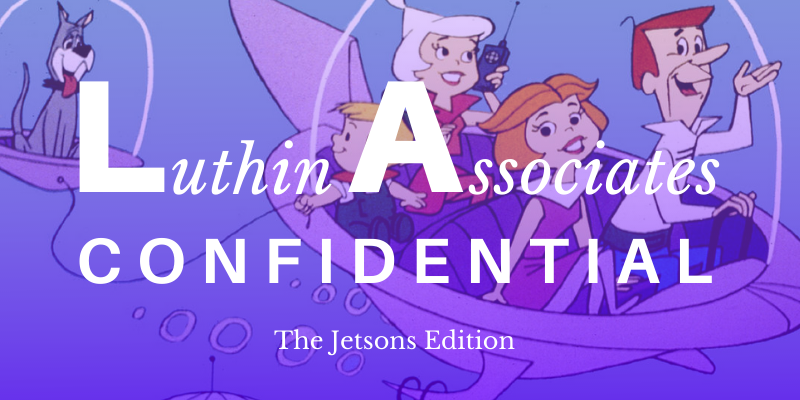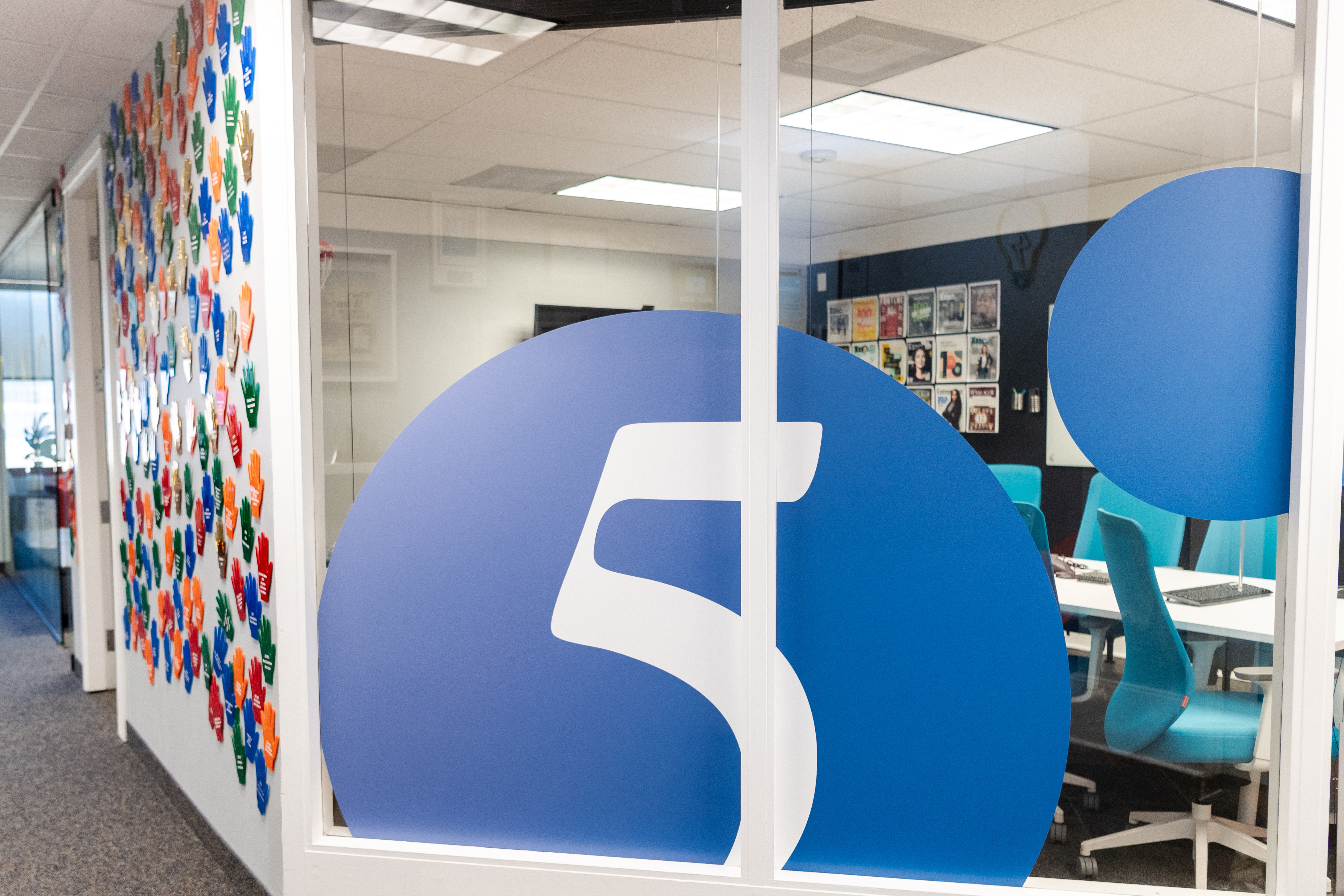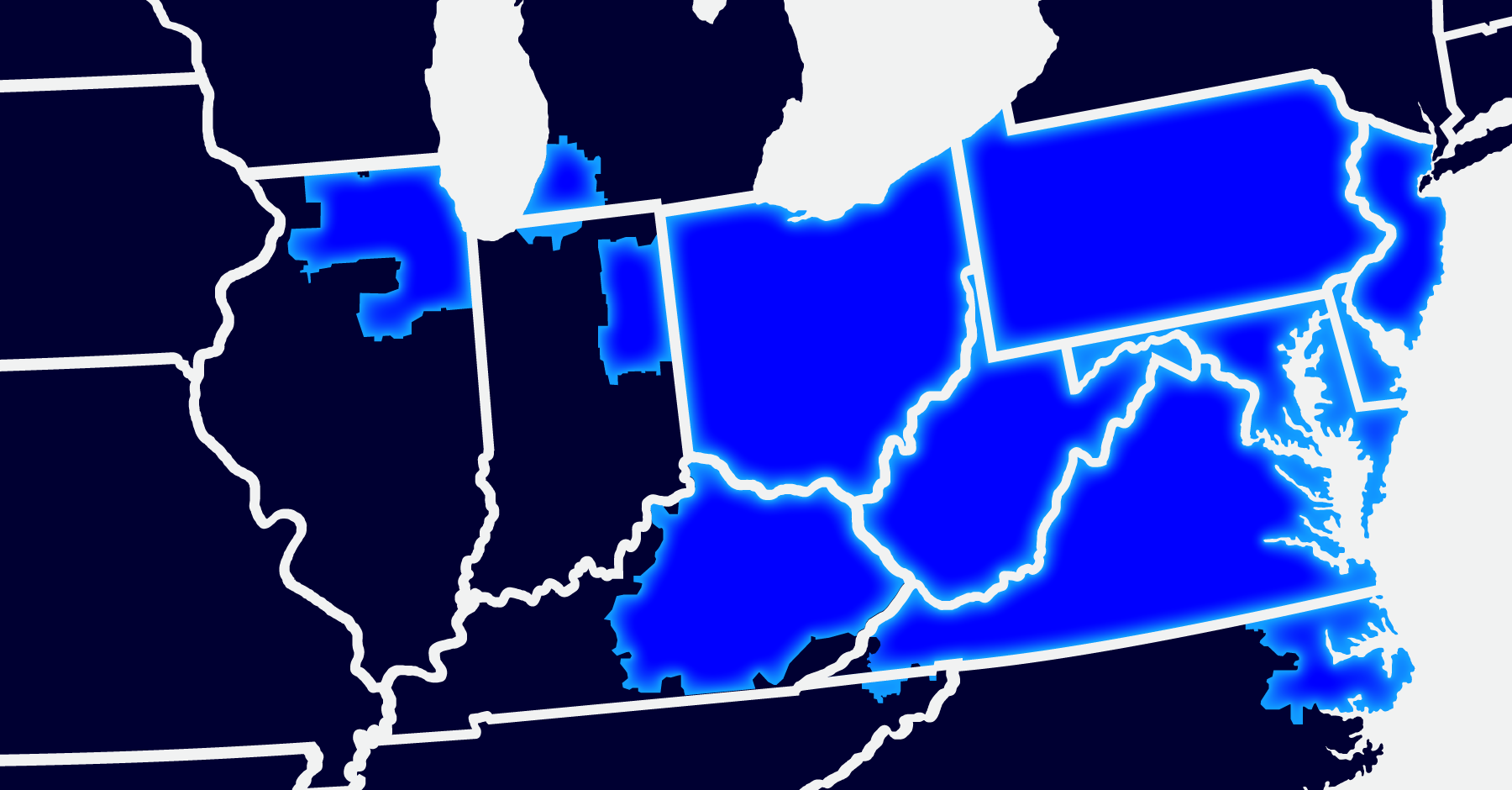
In George Jetson’s world, Light Emitting Diodes (LED) are nothing new. Earlier light sources are only found in his kids’ history e-books. Back here in the 21st century, however, not all LEDs are Jetson-ready. While we are rapidly replacing fluorescent and incandescent lamps, and even some high intensity discharge (HID) lamps, care is needed when specifying LEDs for existing fixtures.
Three federally-supported programs make choosing easier:
– CALiPER provides comparison studies of LED units against each other, and against standard light sources. Download it at energy.gov/eere/ssl/caliper-testing
– Lighting Facts Label www.lightingfacts.com tests LED systems, providing a standardized way to compare its various lighting and operating characteristics, and a list of LED lamps that meet them.
– DesignLights Consortium (DLC) www.designlights.org builds off the Lighting Facts program by providing specs for many LED devices (e.g., fixtures, retrofit kits, and lamps).
In the past, customers used the Energy Star branding program to choose high-efficiency light sources. While still a valid source of information, Energy Star does not test devices, and its specs for LED devices may be looser than those of the other programs.
The best way to ensure acceptable lighting from an existing fixture using an LED lamp is through multiple mockups installed in your facility and careful specification. Even when two LED brands claim the same color rendering index (CRI), color temperature (CCT), or beam angle, (i.e. the spread between angles at which output is 50% of maximum), the end results may differ. However, lumen output may be less than the old-style lamp being replaced.
While all screw-in LED lamps work in standard medium base sockets, not all will fit properly in a fixture. Even if the lamp designation (e.g., PAR 38,) is the same as the existing lamp, some may be shaped differently or be longer. Outdoor use requires close reading of specs as not all LED outdoor lamps are rated for wet locations. One customer’s $30 LEDs shorted out after they filled with rainwater, giving new meaning to the term “floodlight.”
When an LED unit replaces a plug-in compact fluorescent lamp (CFL), the existing ballast may need to be disconnected, or removed and the wiring altered to accommodate it. Doing so may impact a fixture’s Underwriters Laboratories (UL) rating. At least one brand of LED (Lunera’s Helen Lamp), we are told, works with existing CFL ballasts.
LED replacements for linear fluorescent lamps present several challenges. Depending on a room’s ceiling height; color scheme; and office layout, spaces may appear quite different under LED illumination. Some LED T8 tubes, for example, have relatively narrow beam spreads, providing light only from its undersides, while a typical fluorescent lamp shines equally around its circumference. When installed in a fluorescent fixture, the “cave effect” may occur in which walls and partitions appear much darker. This problem is diminished when fixtures are mounted in high ceilings. A few LED T8 tubes to distribute light almost as widely as fluorescents.
Unlike fluorescent lamps that, regardless of manufacturer, use standardized phosphors producing similar color, room surfaces and products may look different under various brands of LED lamps. Where appearance is important such as in retail applications, test several brands to find which yield the best results.
At least five types of LED devices are designed to replace linear fluorescent lamps:
a) A strip of LEDs on a board screwed into the fixture’s reflector, powered by a driver that replaces the existing ballast; existing sockets are not used
b) A tube containing LEDs that fit into existing sockets; a new LED driver replaces the existing ballast
c) Same as b), but the lamp contains its own driver; the existing ballast wiring is bypassed
d) Same as c), but the lamp uses the existing ballast as long as it is an electronic instant start
e) Same as d), but the lamp will work with several types of fluorescent ballasts.
When doing mockups, note the duration and difficulty of installation, and if it impacts a fixture’s UL rating. Loss of UL could mean that a resulting fire may not be covered by insurance.
The intensity of individual LEDs may create glare, either directly into occupants’ eyes or when bouncing off specular surfaces such as glass or plastic. This problem is reduced in fixtures that have lenses or diffusers which cover lamps. Fixtures that distribute light indirectly by bouncing most of it off a ceiling or wall do not have this problem.
Pay attention to an LED device’s warranty and ease of replacement. Unlike most fluorescent technology, much of LED equipment is not compatible across brands i.e., a lamp may only work with one manufacturer’s driver. The best technology becomes problematic if a failed unit cannot be quickly replaced because the manufacturer is gone. Except for screw-in units which are easily replaceable, hedge your bets by stocking extras (at least a few %) of each type of LED device. Even the best LED vendors have had failures. Cree recently recalled almost 750,000 of its LED T8 tubes (sold between August 2014 and April 2015) because of overheating that may, “cause the LED T8 lamp to melt thereby posing a burn hazard.”
The warranties provided by manufacturers will not generally cover lighting output and color rendition. The marketplace recognizes this and third parties have stepped in to offer insurance solutions that guarantee the ongoing performance of LEDs for color consistency and it provides lumen maintenance to meet the guaranteed levels for periods up to five years. Since most LED projects will provide a simple payback of fewer than five years, this will go a long way towards reducing performance risk. If the installed equipment does not provide these assurances, you can ask the developer to include this insurance policy in the project.
For additional guidance and background on switching from linear fluorescents to LEDs, check out www.designlights.org/content/QPL/ProductSubmit/LinearReplacementLamps


